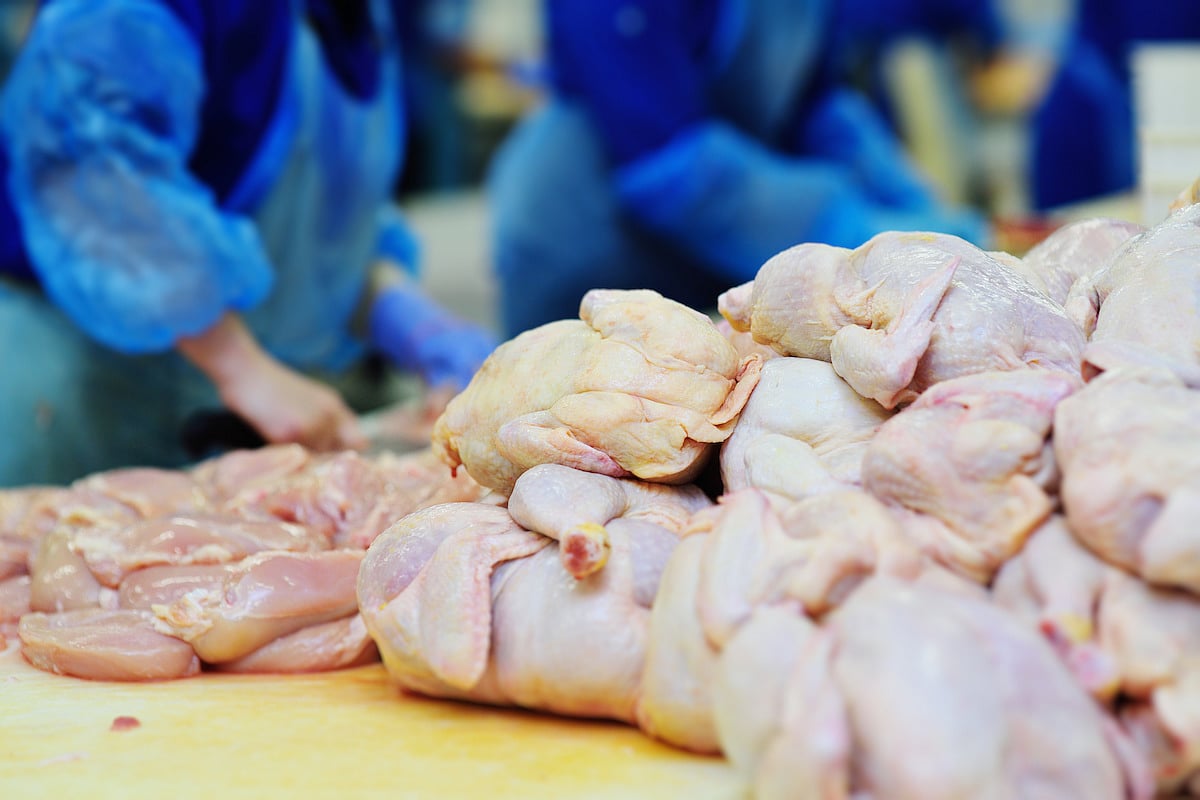Recursos del Paciente
Manténgase sano!
USDA Toughens Rules on Salmonella in Poultry
- July 30, 2024
- Ernie Mundell
- HealthDay Reporter

Chicken, turkey and other poultry might get a little safer after new rules to limit salmonella proposed Monday by the U.S. Department of Agriculture (USDA).
Poultry companies would be expected to keep salmonella levels below specific thresholds under the new rules and test for six strains of the bacterium that are strongly tied to illness -- three strains in chicken and three in turkeys, the Associated Press reported.
If testing finds poultry with any of those salmonella strains or at levels above the proposed threshold, the product could not be sold and would be recalled.
Dr. Emilio Esteban, USDA undersecretary for food safety, said the industry has made headway in terms of limiting salmonella levels in birds.
“However, there’s not been a similar decline in people in the number of illnesses,†he told the AP.
Salmonella remains a common illness: According to the U.S. Centers for Disease Control and Prevention, 1.35 million infections occur each year and lead to about 420 deaths. USDA says poultry is linked to about 168,000 infections each year.
The new proposal advocates monitoring of salmonella in poultry flocks prior to harvesting (including vaccination) as well as during the slaughter system.
Ashley Peterson, a senior vice president for the industry group the National Chicken Council, told the AP the new rules could raise prices for consumers. She also questioned whether the rules were “demonstrated to positively impact public health."
Reducing salmonella levels in poultry could be challenging, added Martin Bucknavage, a Penn State food scientist. He told the AP that the speed at which chickens and turkeys move from farm to store means curbing germs like salmonella is “not an easy thing."
He expects the industry will need time to conform with the new rules. He said it remains to be seen if the new rules will translate to fewer salmonella cases.
“Certainly, lowering the level of salmonella lowers your risk of getting ill,†Bucknavage said.
As the AP noted, tightening of rules for E.coli in beef in the 1990s led to a 50% reduction in related foodborne illnesses.
USDA's Esteban said changes in technology have made better monitoring of salmonella in poultry possible.
“It’s time to change our approach,†Esteban told the AP. “One of my commitments to this mission, to USDA, has been that I would not do things without having science to back us up. We have the tools. We have the technology. We have the knowledge.â€
More information
Find out more about protecting yourself from salmonella at Foodsafety.gov
SOURCE: Associated Press, July 29, 2024

